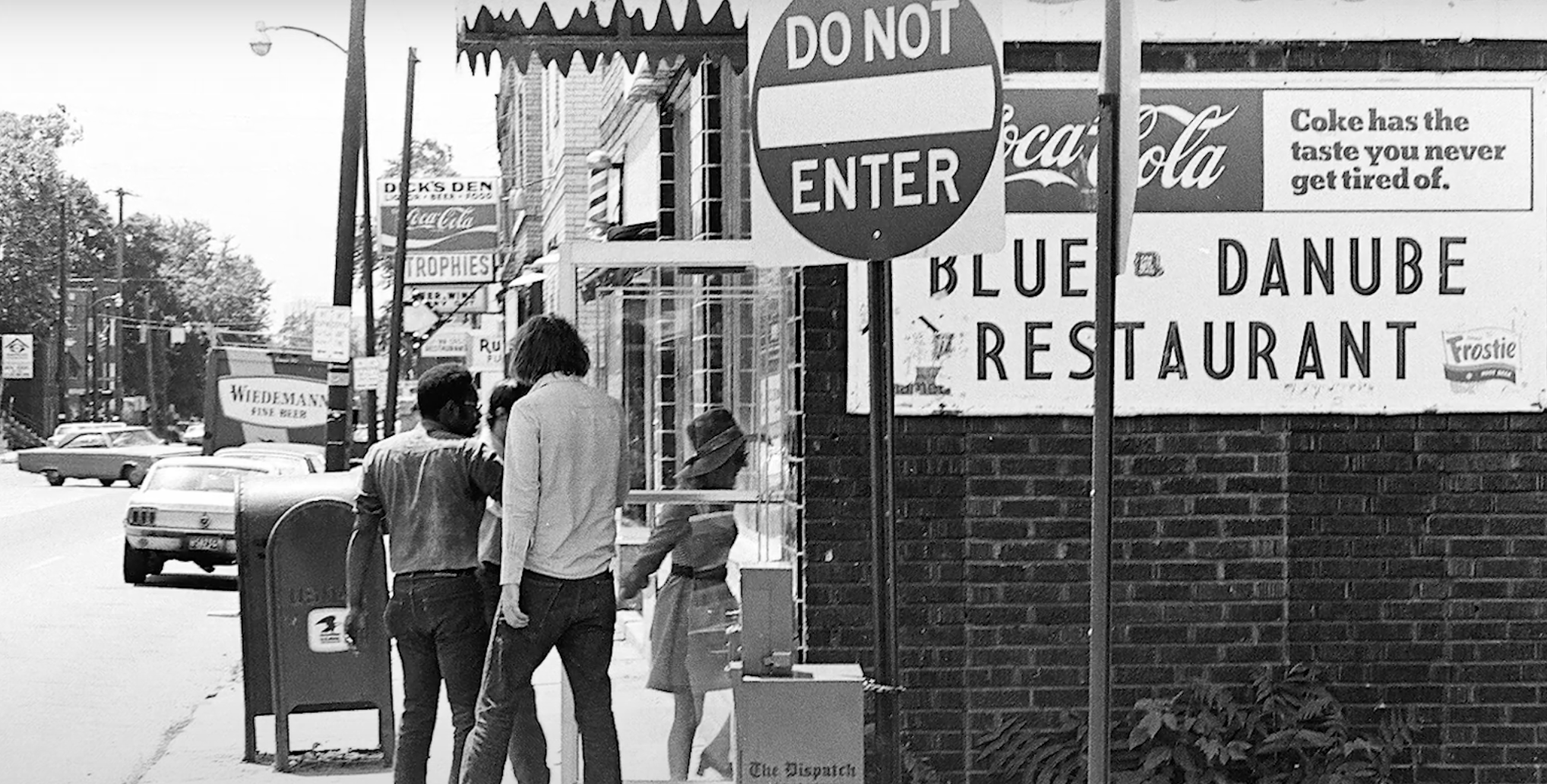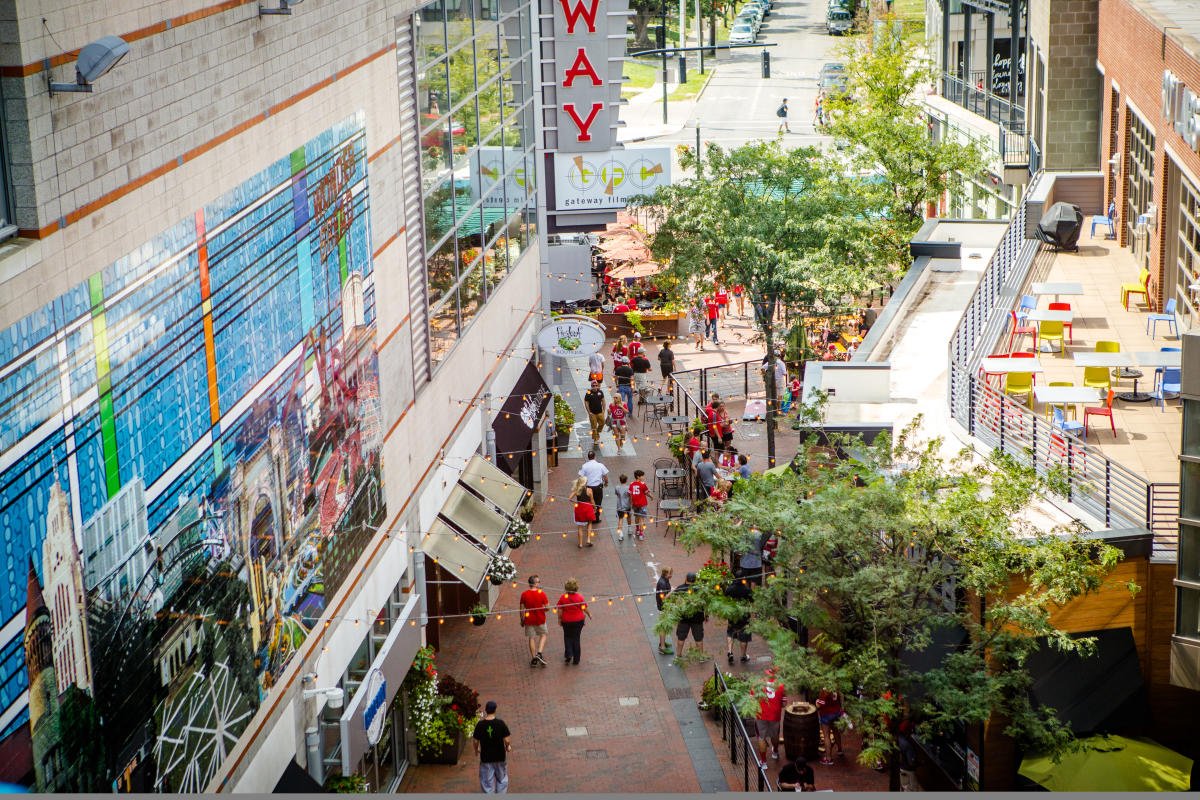
our history
Originally, the area now known as the University District was not a part of the City of Columbus. In 1842, the City of North Columbus emerged from expansive farmlands and forest. Even before The Ohio State University was established, North Columbus thrived as a transportation node for stagecoaches traveling between Columbus and Sandusky. In 1871, the Ohio Agricultural and Mechanical College (which would later become The Ohio State University) was established, and North Columbus was annexed into the larger city.
Prestigious neighborhoods quickly emerged south and east of the University as Columbus businessmen and Ohio State University professors constructed residences. Streetcar lines stretching northward led to the development of attached row houses along the eastern edge of the University District and provided housing for young families. The University and businesses surrounding it prospered greatly throughout the early 20th Century.
By the 1950’s, the University District was overflowing with returning soldiers and their families. To accommodate this influx, zoning was altered to permit rooming houses and higher density development, which resulted in significant changes to the neighborhood. The impact these zoning changes had on the neighborhood is still being grappled with today. Home to a wealth of ingenuity, the University District continues to evolve and claim its place as a force of social and economic influence in both Columbus and Central Ohio.
The University District is comprised of the neighborhoods surrounding one of the nation's largest public universities, The Ohio State University. It is an eclectic mix of thirteen distinct neighborhoods: The Circles, Dennison Place, Glen Echo, Indianola Forest, Indianola Terrace, Iuka Ravine, NECKO, Northwood Park, Old North Columbus, Peach District, SoHud, Tuttle Park, and Weinland Park.

university district: today
figures
2.83 square miles
35,899 residents
87,526 Day-time population
39,000 OSU full-time employees
62,000 OSU registered students
1,029 businesses, human service agencies, and institutions
Households: 15,923
Owner occupied: 3,503 (22%)
Renter occupied: 12,420 (78%)



